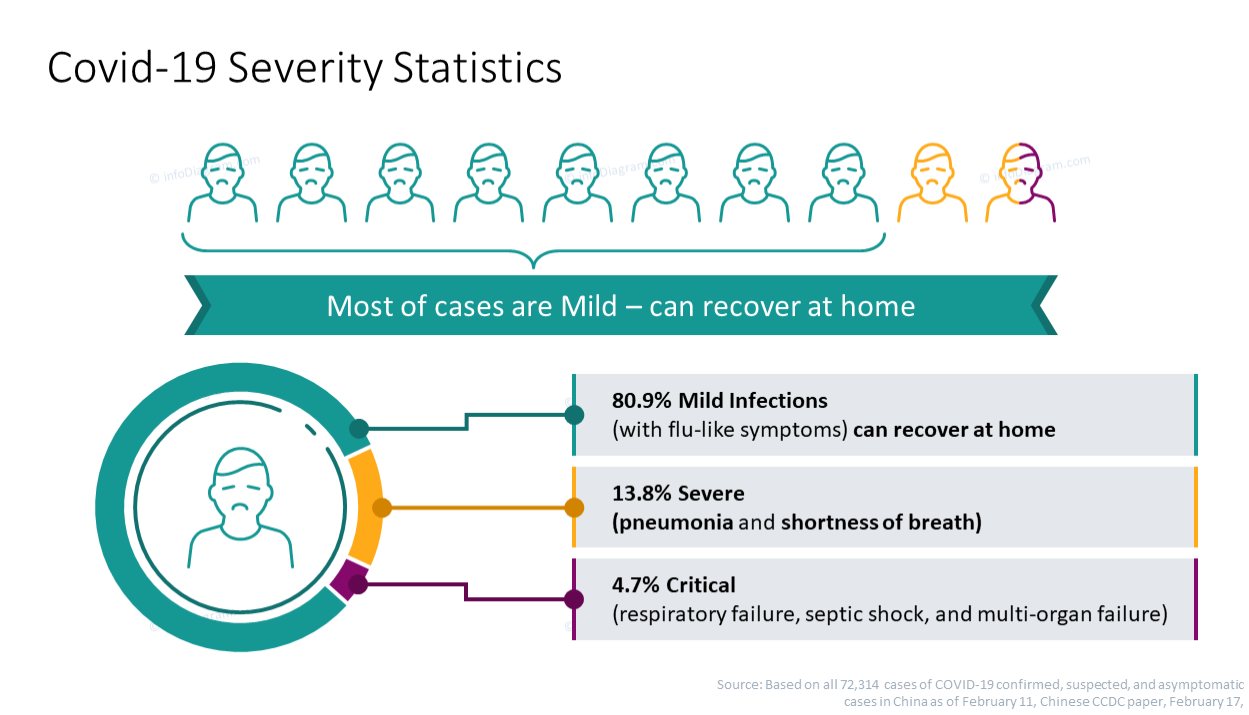Authors: Benjamin Gallo Marin,1Ghazal Aghagoli,1Katya Lavine,1Lanbo Yang,1Emily J. Siff,2Silvia S. Chiang,3,4Thais P. Salazar-Mather,1,5Luba Dumenco,1,5Michael C Savaria,1Su N. Aung,6Timothy Flanigan,6 and Ian C. Michelow3,4
Summary
The coronavirus disease 2019 (COVID-19) pandemic is a rapidly evolving global emergency that continues to strain healthcare systems. Emerging research describes a plethora of patient factors—including demographic, clinical, immunologic, hematological, biochemical, and radiographic findings—that may be of utility to clinicians to predict COVID-19 severity and mortality. We present a synthesis of the current literature pertaining to factors predictive of COVID-19 clinical course and outcomes. Findings associated with increased disease severity and/or mortality include age > 55 years, multiple pre-existing comorbidities, hypoxia, specific computed tomography findings indicative of extensive lung involvement, diverse laboratory test abnormalities, and biomarkers of end-organ dysfunction. Hypothesis-driven research is critical to identify the key evidence-based prognostic factors that will inform the design of intervention studies to improve the outcomes of patients with COVID-19 and to appropriately allocate scarce resources.
1. INTRODUCTION
The newly described coronavirus disease (COVID-19), caused by the novel severe acute respiratory syndrome coronavirus 2 (SARS-CoV-2), has strained healthcare systems around the world. The viral spread has been amplified not only by the occurrence of asymptomatic infections but also by limited widespread testing and personal protective equipment (PPE) for healthcare providers across the world.1 The overwhelming influx of COVID19-infected patients to many hospitals presents a need to thoroughly understand the clinical, radiological, and laboratory findings associated with greater disease severity and mortality. Here, we synthesize the current literature to describe early demographic, clinical, virologic, immunologic, hematological, biochemical, and radiographic factors that may correlate with COVID-19 disease severity. In this paper, we will use the World Health Organization’s (WHO) definition of severe pneumonia to categorize severe disease. As of 27 May 2020, the WHO’s most recent clinical guidelines define “severe disease” as adults with clinical signs of pneumonia (fever, dyspnea, cough, and fast breathing) accompanied by one of the following: respiratory rate > 30 breaths/min; severe respiratory distress; or oxygen saturation (SpO2) ≤ 90% on room air.2 The precise determinants of severe disease are not known, but it appears that primarily host factors rather than viral genetic mutations drive the pathogenesis.3 However, emerging data from a non-peer-reviewed paper suggest that a D614G mutation in the viral spike (S) protein of strains from Europe and the United States, but not China, is associated with more efficient transmission.4 Identification of potential risk factors that predict the disease course may be of great utility for healthcare professionals to efficiently triage patients, personalize treatment, monitor clinical progress, and allocate proper resources at all levels of care to mitigate morbidity and mortality. Here, we present a review of the current literature on patient factors that have been proposed as predictors for COVID-19 severity and mortality.
For More Information: https://www.ncbi.nlm.nih.gov/pmc/articles/PMC7855377/
